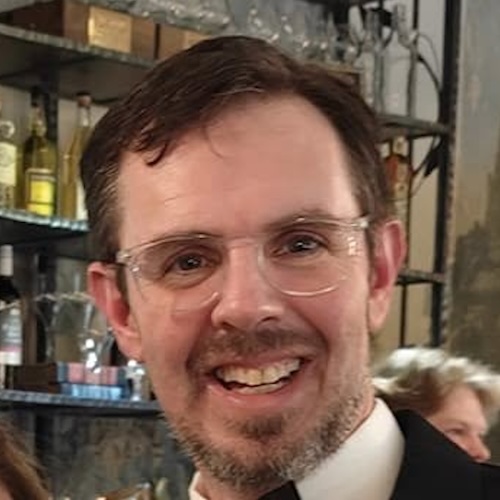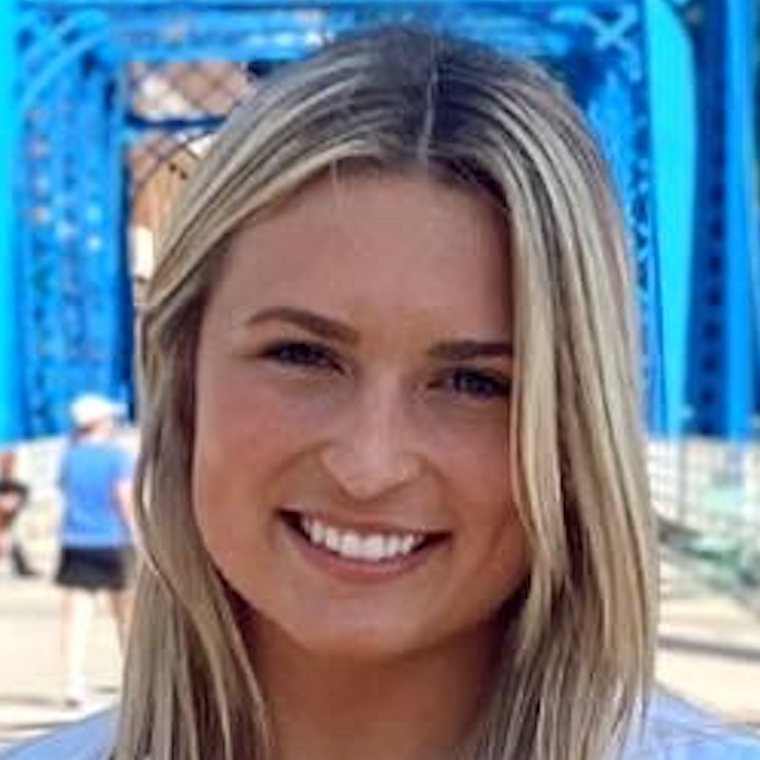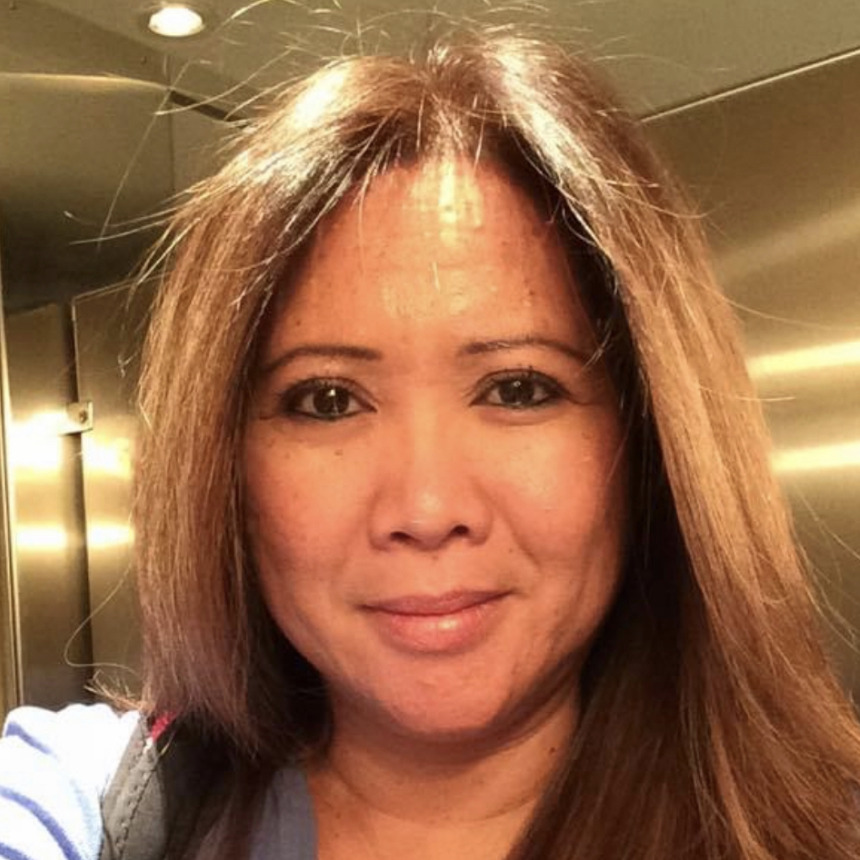Why Clinical Trials Matter: How New AML Treatment Options Saved Shelley’s Life
Just after celebrating her 70th birthday, Shelley began feeling unusually tired on her walks. Her heart raced and she couldn’t go half a block without needing to rest. Concerned, she saw her doctor and soon learned she had chronic myelomonocytic leukemia (CMML). The diagnosis was frightening, but her daughter’s constant support helped her face it head-on.
Interviewed by: Taylor Scheib
Edited by: Katrina Villareal
Months later, Shelley sensed something wasn’t right again. Her blood tests confirmed it: her CMML had transformed into acute myeloid leukemia (AML). It was a devastating moment, yet she stayed determined, crediting her daughter and her care team for keeping her strong.

After a successful stem cell transplant, Shelley learned about clinical trials and decided to take part in one. She appreciated the importance of research and data, but now it meant something deeply personal: hope for herself and others. She takes part knowing that her participation helps shape future AML treatments.
Shelley now advocates for a better understanding of clinical trials. She reminds others that these studies don’t withhold treatment for people with active disease. Instead, they offer real opportunities for medical progress. Shelley believes her survival came from three things: her daughter, her medical team, and her clinical trial.
Today, she’s grateful for every day she can return to her music and live fully. Shelley’s story shows that knowledge, research, and hope can come together to make a real difference for people living with acute myeloid leukemia.
Key Story Takeaways
- Shelley’s honest look at life after an acute myeloid leukemia diagnosis
- The truth about placebos and real treatment in clinical trials
- How research and resilience helped Shelley return to her music
- Name: Shelley G.
- Age at Diagnosis:
- 70
- Diagnosis:
- Chronic Myelomonocytic Leukemia (CMML) that progressed to Acute Myeloid Leukemia (AML)
- Symptoms:
- Fatigue
- Rapid heartbeat
- Shortness of breath
- Low blood counts
- Treatments:
- Initial CMML treatment
- Stem cell transplant
- Clinical trial (oral medication)
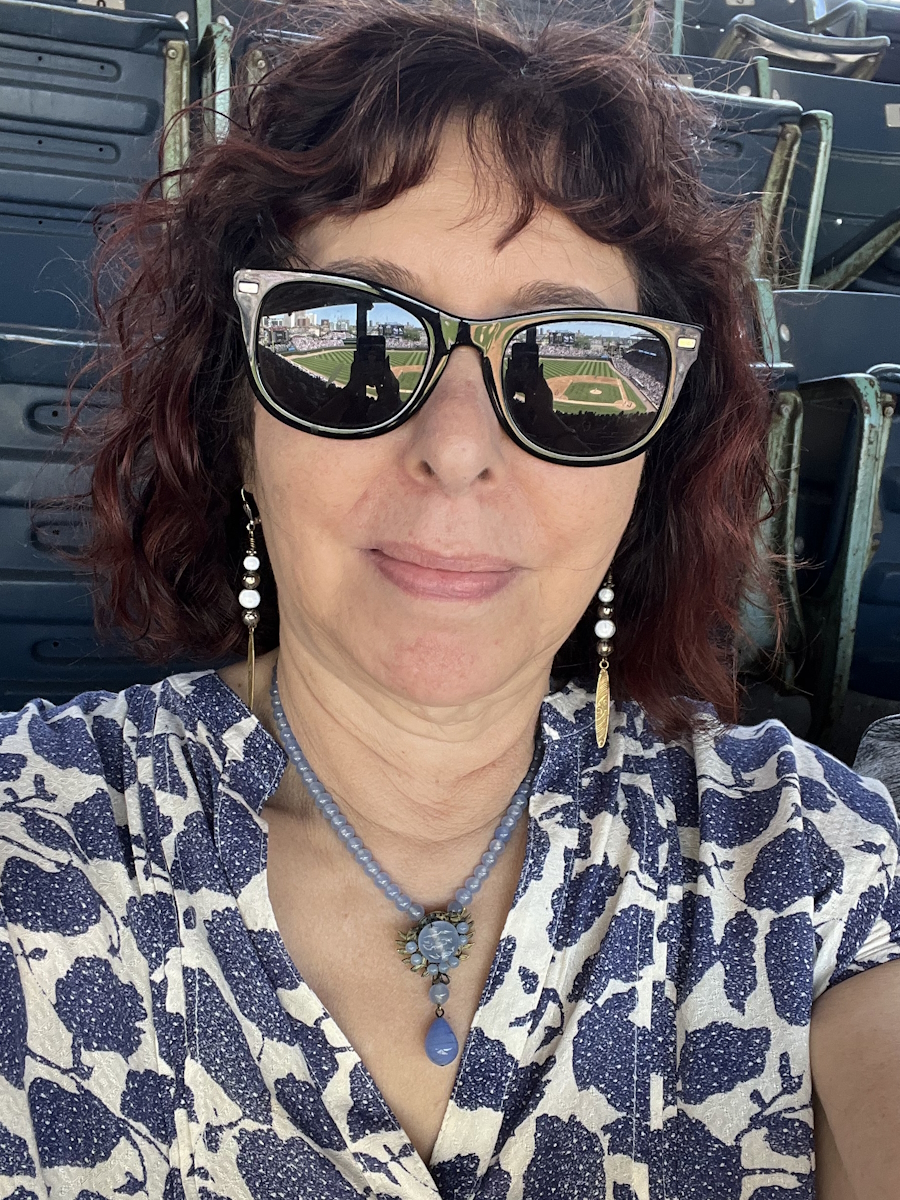

Thank you to Kura Oncology for supporting our independent patient education program. The Patient Story retains full editorial control over all content.
This interview has been edited for clarity and length. This is not medical advice. Please consult with your healthcare provider to make informed treatment decisions.
The views and opinions expressed in this interview do not necessarily reflect those of The Patient Story.
- I'm Shelley
- My work is my biggest passion
- My life outside of work
- My musical journey with the hammered dulcimer
- I thought my leukemia symptoms were maybe a heart condition
- My CMML diagnosis
- Emotions upon learning my AML diagnosis
- I'm a lawyer, so I like to win
- A clinical trial helped me prepare for a stem cell transplant
- Clinical trials are crucial for science and medicine
- The importance of understanding clinical trials
- Living with hope and gratitude
I’m Shelley
I am Shelley. I was originally diagnosed with CMML just after my 70th birthday in August 2022. After more testing, by July of the following year, my diagnosis evolved into AML. There was a bone marrow biopsy in July 2023 that confirmed it. That’s the initial part of my diagnosis.
My work is my biggest passion
I’m most passionate about my job. I feel very lucky to have a great job—it’s very interesting. I work for a labor union that represents educational employees in Illinois. I’m assigned to a specific geographic area, covering about fourteen small local unions—teacher unions, support staff, custodians. I help them with all sorts of issues, mainly collective bargaining. I prepare and conduct trainings, sometimes specific (like First Amendment rights for educational employees). I am a lawyer by background. I’m extremely passionate about my work and can’t imagine not wanting to do it. I learned, when I was on medical leave, how bored I was without it.
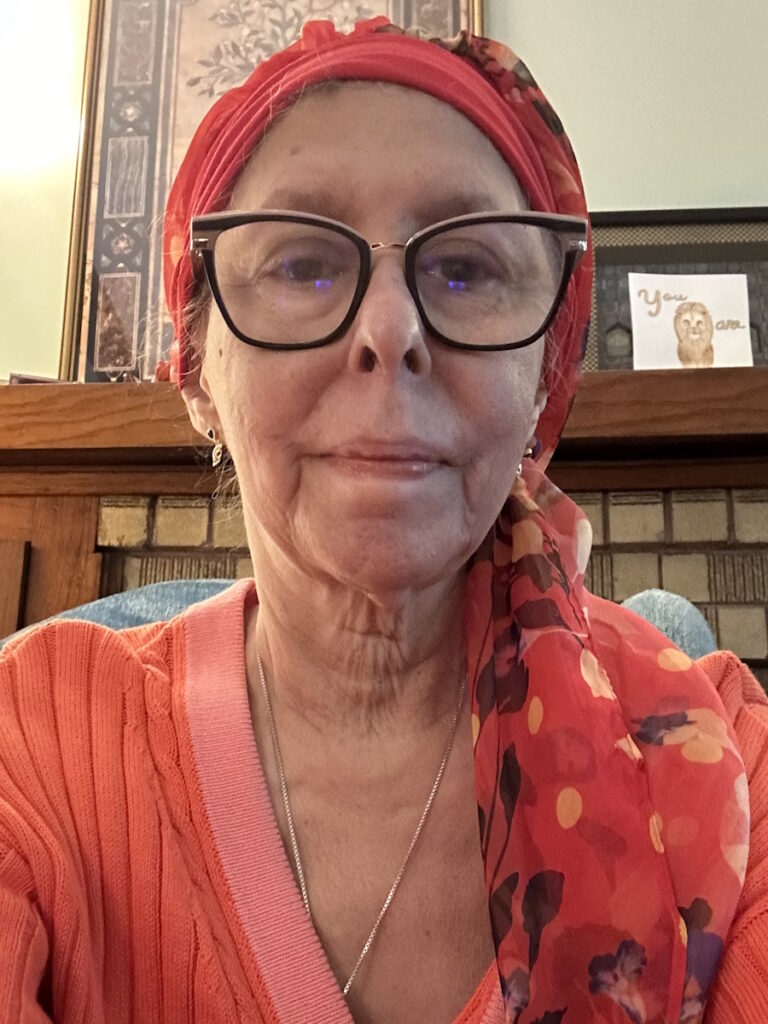
My life outside of work
Aside from work, I do have outside interests. I’m interested in music. I play an instrument, though not a virtuoso, and have done photography for many years, with a lot of my photos on Flickr. Since being diagnosed, I haven’t taken many pictures or had time to use my big Nikon camera; I started using my cellphone camera, which really isn’t adequate for good photography. I’m also interested in politics (local, state, federal), history, and, strangely enough, economics. I like to read crime novels, mysteries, and watch movies- anything that gets me thinking.
My musical journey with the hammered dulcimer
The instrument I play is pretty ancient: it’s called a hammered dulcimer. Most people haven’t heard of it. It’s actually the great-great-grandmother of the piano. The Italian inventor of the piano adapted the mechanism from instruments like the hammered dulcimer, replacing pluckers with mechanical hammers. Most people don’t know the piano is actually a percussion instrument—a melodic percussion instrument.
I thought my leukemia symptoms were maybe a heart condition
After my 70th birthday in August, I was excited and celebrated with a surprise birthday party. A month later, in September, I noticed my heart would race and I was exhausted after walking only half a block. I thought it was a heart problem, so I saw my doctor. He ran tests, found nothing wrong with my heart, but my blood counts were dangerously low. He told me to go to the emergency room for a blood transfusion immediately.
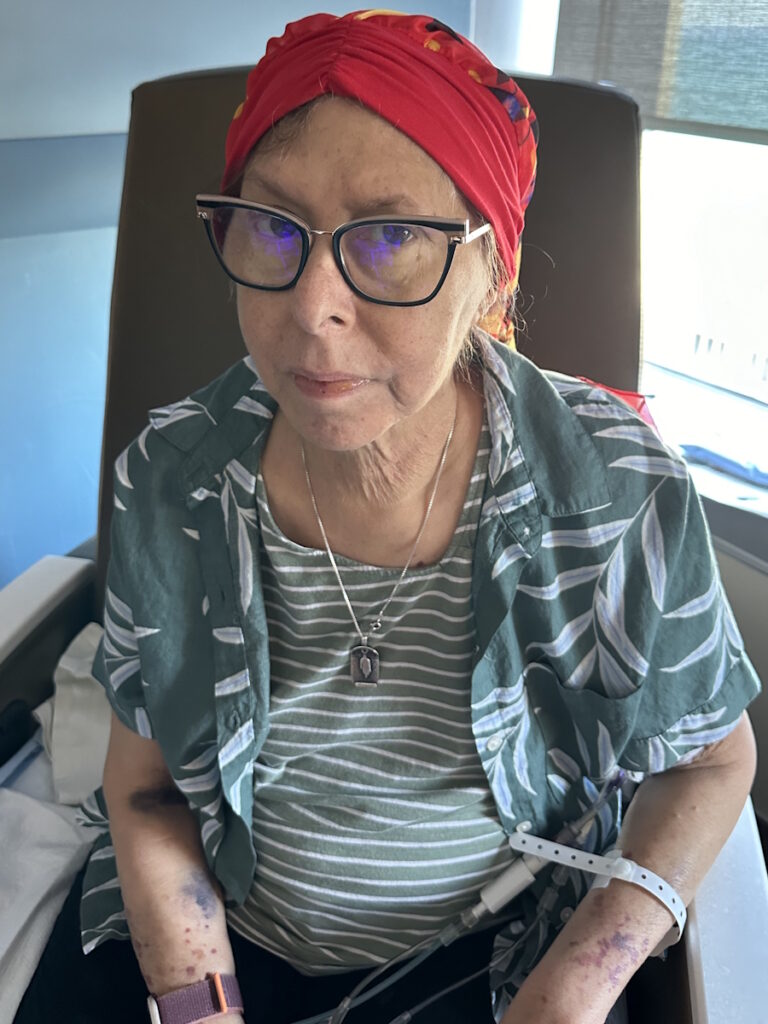
My CMML diagnosis
At the hospital, they did more tests and soon a doctor told me, “We think you have leukemia.” They needed more testing, including a bone marrow biopsy, and scheduled follow-up appointments. I was released from the hospital and soon found out for sure.
After the doctor visit, Shelley was diagnosed with chronic myelomonocytic leukemia (CMML).
It was pretty scary. I thought, “Oh, no. What’s going to happen to me?” If my daughter weren’t there to say we were going to get through this, I don’t know what would have happened. I would have been pretty much at a loss. But she was there to back me up, so I bucked up and proceeded with the initial treatment.
Over time, Shelley and her care team began to grow concerned about her blood work again.
I tracked my numbers carefully and noticed my hemoglobin and platelets were going in the wrong direction. I thought that it wasn’t right, so I sent messages to the doctor through the portal. I asked, “Do I need to be concerned? I think I need to be concerned.” Finally, he agreed and said, “Yeah. You do need to be concerned.” I was very distressed and freaked out because I thought it was like a death sentence.
Her CMML transformed to acute myeloid leukemia (AML), which happens in about 15 to 20% of patients over five years.
Emotions upon learning my AML diagnosis
I was very distressed—freaked out. It felt like a death sentence. The only image I had of leukemia came from the movie “Love Story,” where the character died from leukemia, so that’s all I could think about. But my new care team gave me hope, and things started to change for the better.
I’m a lawyer, so I like to win
I don’t give up easily. I’m a lawyer, so I like to win.
I would say that one of the things that kept me going, more than anything else, was my daughter. I have to stay alive for my daughter. She has no brothers or sisters and no cousins. Her father died in 2017. I need to stay alive for her. And I want to stay alive for myself because I like living.
A clinical trial helped me prepare for a stem cell transplant
My doctor—the friend’s neighbor, a stem cell expert—said my best chance at survival was a stem cell transplant. In September 2023, I went on medical leave for work and started chemo in the hospital, but it didn’t work well. My leukemia doctor then offered a clinical trial, which I accepted immediately because I thought, “Why not?” Over a period of time, including several hospital stays, the clinical trial seemed to work well enough that they cleared me for the stem cell transplant. I underwent the procedure late February, stayed in the hospital for six weeks, and went home at the end of April 2024.
Clinical trials are crucial for science and medicine
I was aware that there was such a thing called clinical trials, and I always thought, “That’s great. That’s fantastic. Hopefully, it will save my life and help other people because of the data.” I’m familiar with data. I know they’ll be collecting data, and if this drug works, then it’s all going to be part of getting it eventually approved by the FDA.
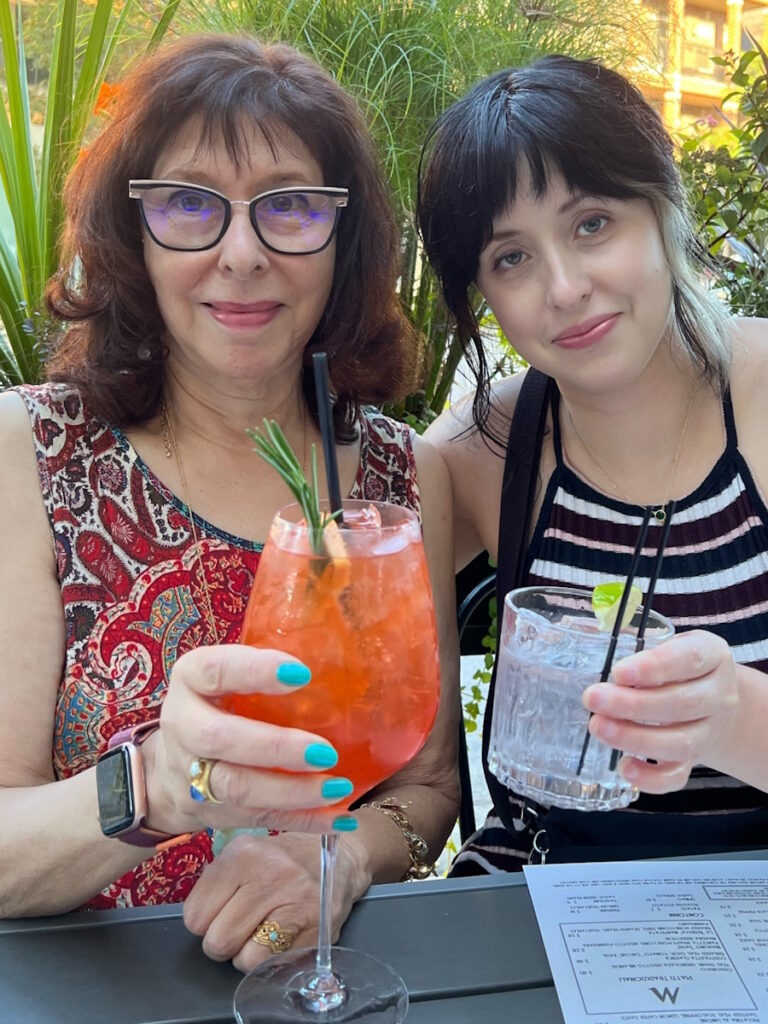
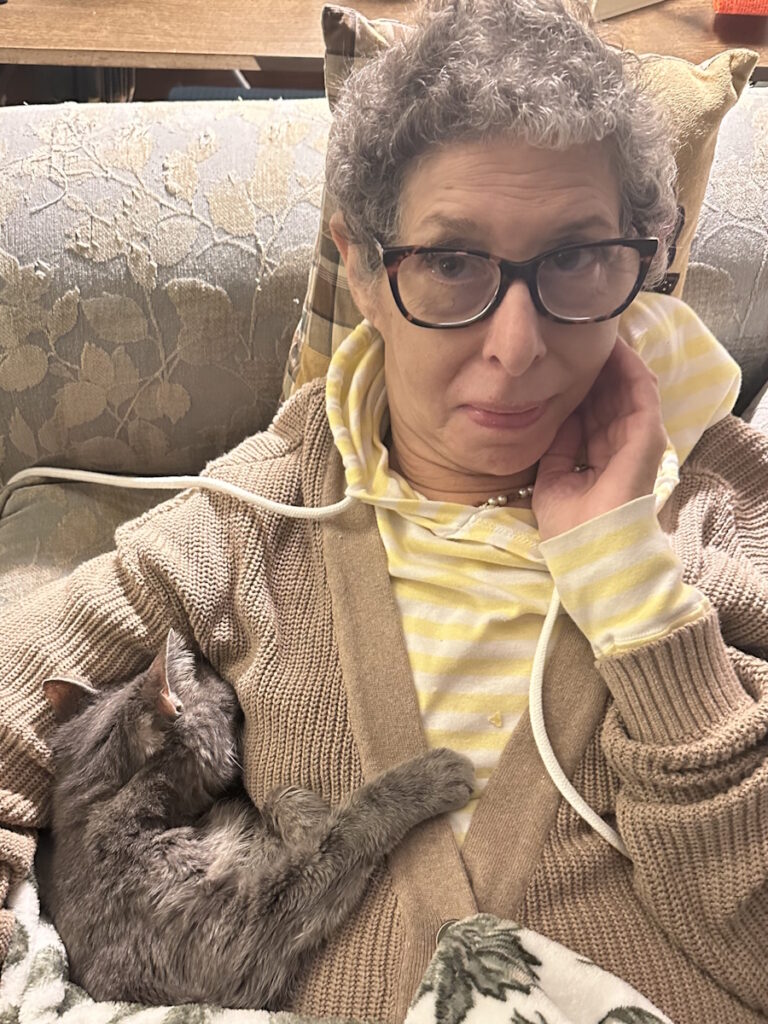
The importance of understanding clinical trials
Clinical trials are absolutely necessary to develop any kind of cure or treatment to prolong life. I believe there are several factors that saved my life: the clinical trial, my daughter, and a great team of doctors.
If, God forbid, the person who has a problem understanding clinical trials should ever have a loved one who is sick with a terrible disease, there would be a real treatment plan for them because of a clinical trial. It’s all about saving lives. It’s all about eliminating, minimizing, or mitigating misery.
Shelley has been asked the one question that is often a misconception about clinical trials.
I’ve had this question asked of me: how do you know you’re not in the group that’s getting a placebo? That’s not what happens in a clinical trial. It would be medically unethical. They can’t do that. That’s not how clinical trials work. That’s for a different kind of research. You don’t tell someone with active disease, “I’m going to give you something that may be a sugar pill and, well, we’ll see what happens.” No, that’s not how it works.
Editor’s Note: In cancer trials, no one is given only a sugar pill when an effective standard treatment exists. Instead, participants typically receive either the current standard-of-care treatment or the standard-of-care plus a new therapy being studied, and everyone is closely monitored for safety and benefit. Many of the oncologists we interview describe cancer clinical trials as “getting tomorrow’s medicine today.”
Clinical trials are absolutely necessary to develop any kind of cure or treatment to prolong life… clinical trials saved my life.
Shelley G. – AML Patient
She’s devoted herself now to helping people understand how her clinical trial actually works.
I take three pills a day and I have a diary where I have to write down information. This is the data collection part. They prefer you do it at the same time of day if possible, but you have to do it within at least 12 hours. Sometimes it’s not perfect, depending on what time I wake up, but there are certain rules.
As Shelley looks ahead, she’s grateful for her care team and her treatment, which she hopes will help keep music in her life.
I don’t ever want to relapse. I always want to be on this medication because I want to live.
You can survive. Don’t give up. You have to be a fighter. You have to fight for a lot of things in this world. You need to be here for yourself and for other people, so fight on.
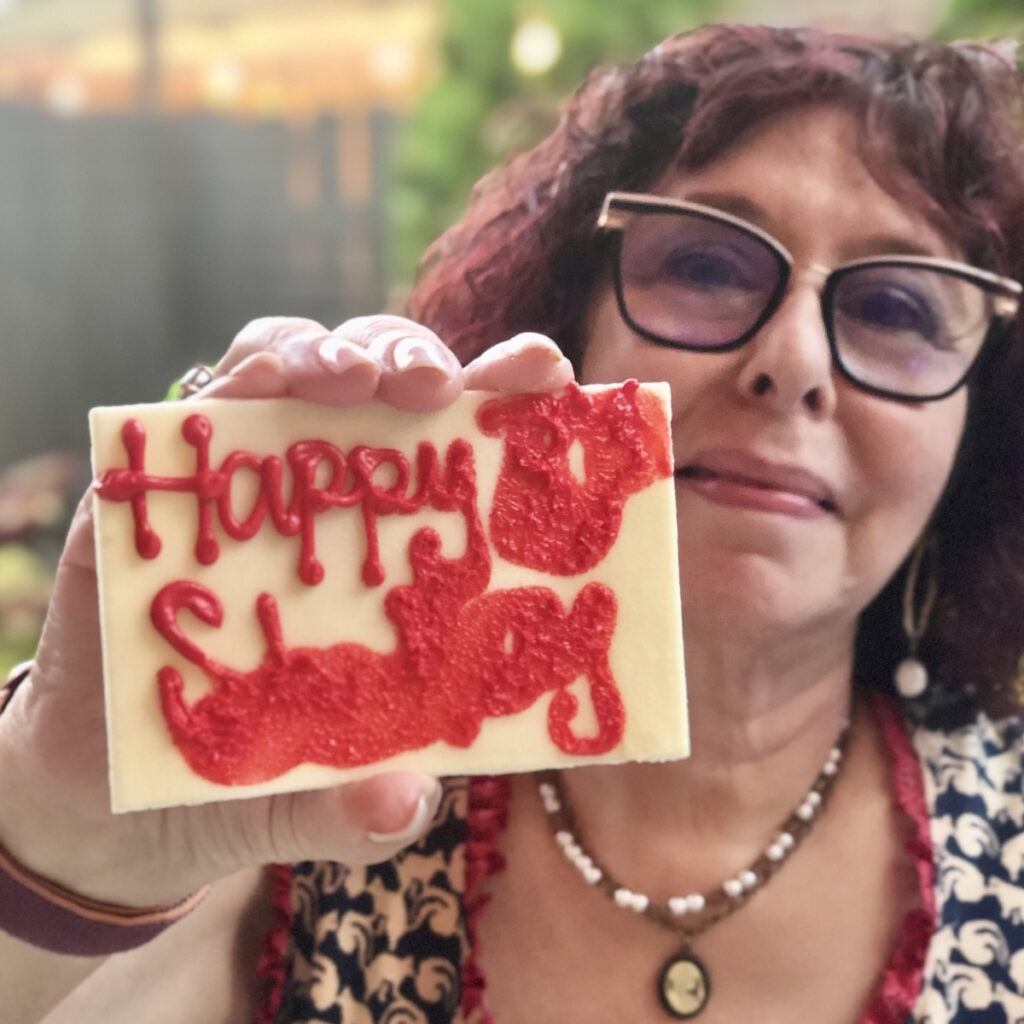
Living with hope and gratitude
I guess hope is a part of my vocabulary, even if I don’t think of it that way. We all have concerns about the world and the future, but for me, I focus energy on moving forward and helping others feel hopeful, too.
For anyone with AML or cancer, my advice is: with the right doctors, the right team, and the right treatment plan, you can survive. Don’t give up. Be a fighter for yourself and others. Fight on.

Inspired by Shelley's story?
Share your story, too!

Thank you to Kura Oncology for supporting our independent patient education program. The Patient Story retains full editorial control over all content.
This interview has been edited for clarity and length. This is not medical advice. Please consult with your healthcare provider to make informed treatment decisions.
The views and opinions expressed in this interview do not necessarily reflect those of The Patient Story.
More Acute Myeloid Leukemia (AML) Stories
Taja S., Polycythemia Vera
Symptoms: Chronic fatigue, fainting, stroke-like episodes, elevated hemoglobin, hematocrit, and platelet count
Treatments: Emergency surgery for ruptured cyst & bowel obstruction, chemotherapy, radiation, bone marrow transplant
Joseph A., Acute Myeloid Leukemia (AML)
Symptoms: Suspicious leg fatigue while cycling, chest pains due to blood clot in lung
Treatments: Chemotherapy, clinical trial (targeted therapy, menin inhibitor), stem cell transplant
Mackenzie P., Acute Myeloid Leukemia (AML)
Symptoms: Shortness of breath, passing out, getting sick easily, bleeding and bruising quickly
Treatments: Chemotherapy (induction and maintenance chemotherapy), stem cell transplant, clinical trials
Grace M., Acute Myeloid Leukemia
Symptom: Headache that persisted for 1 week
Treatments: Chemotherapy, stem cell transplant
